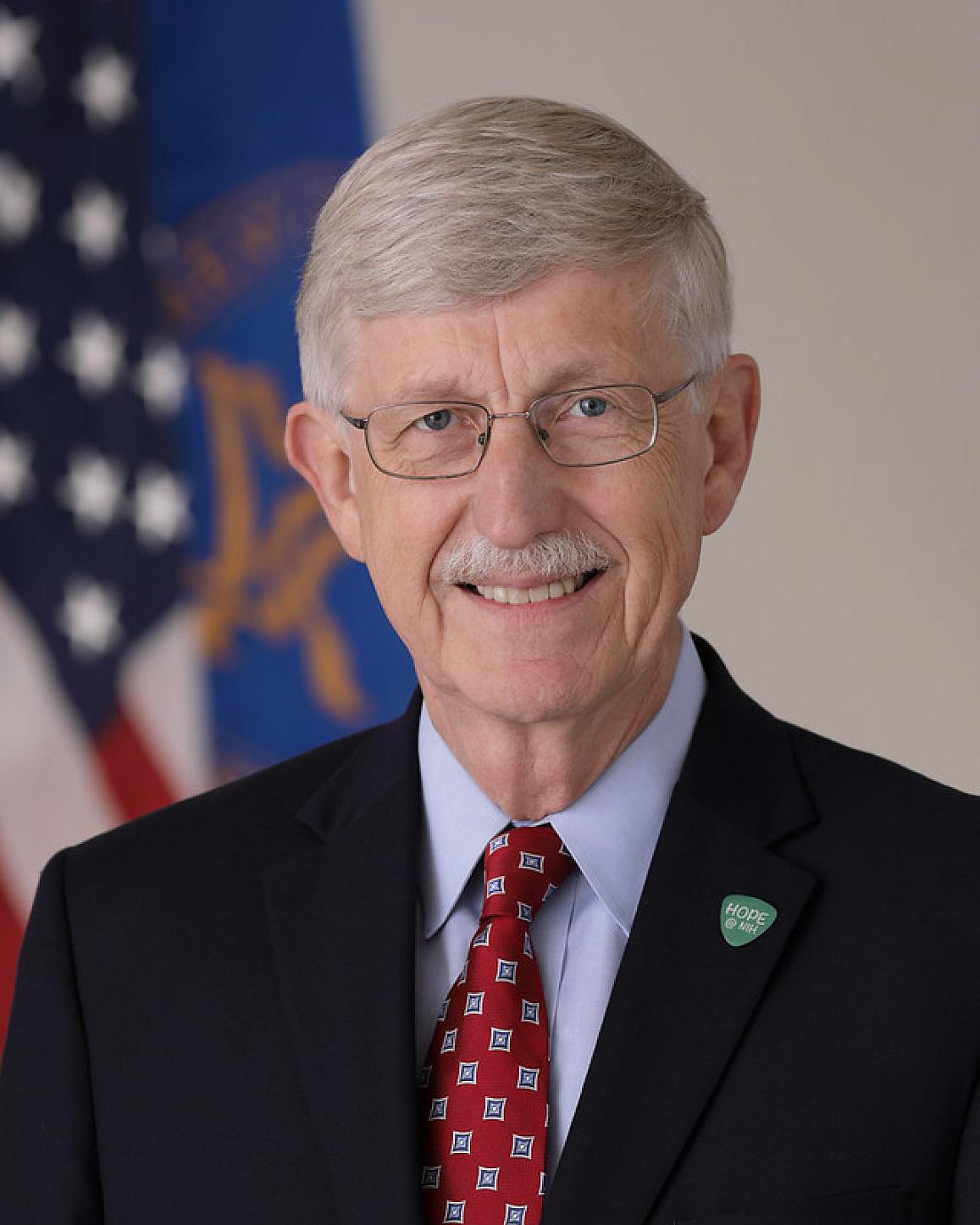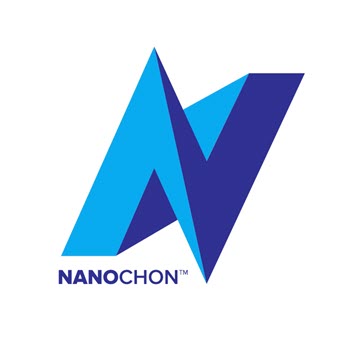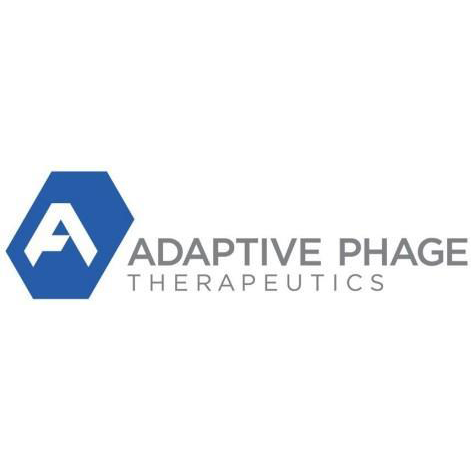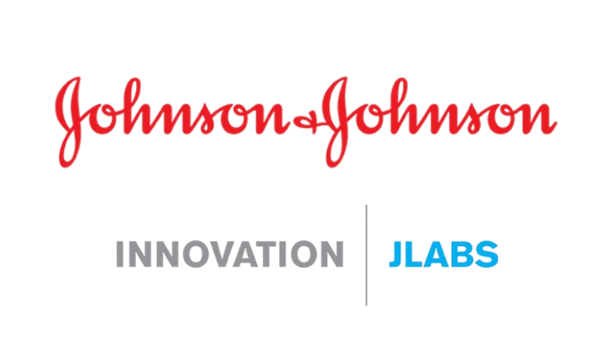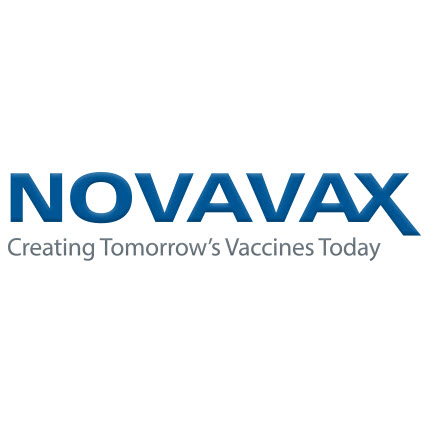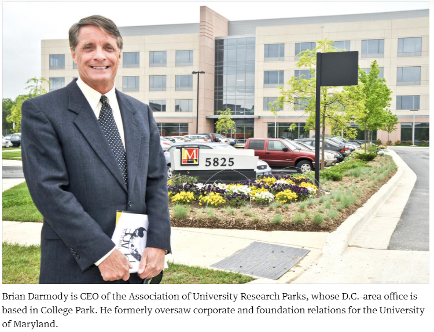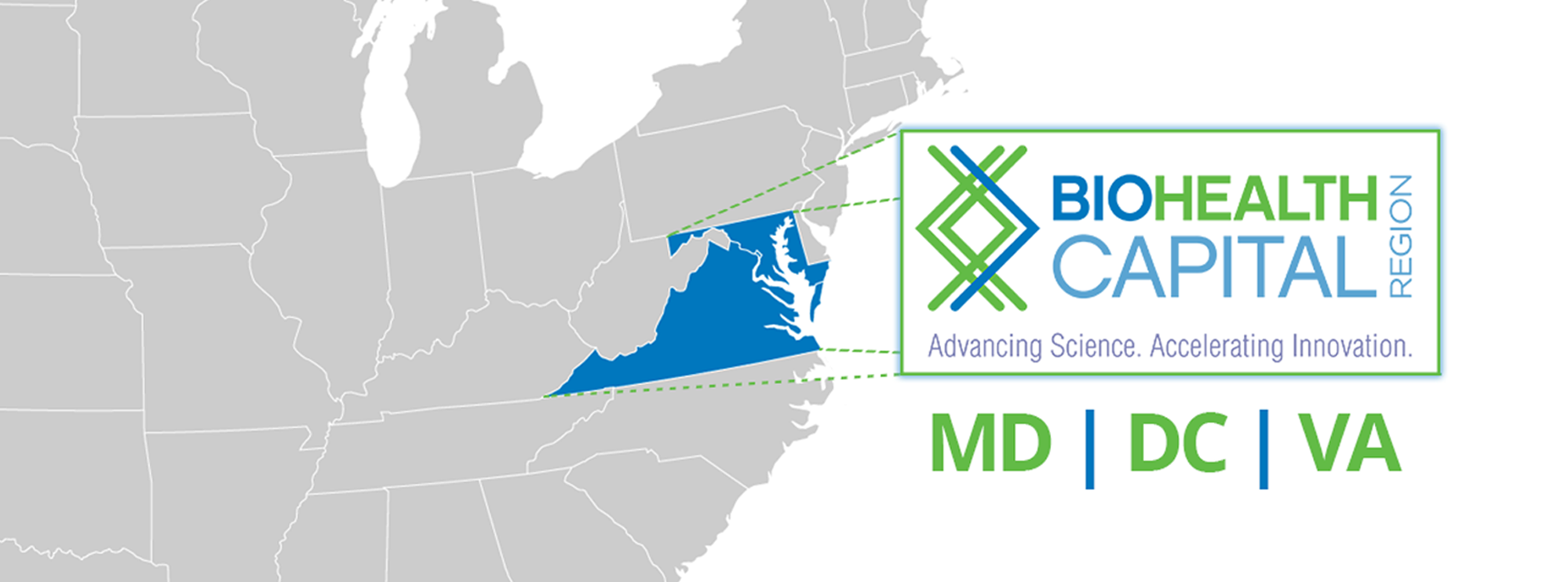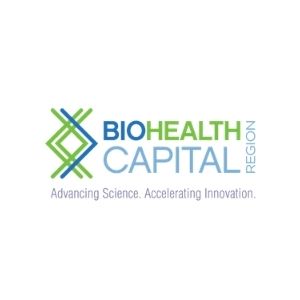Winning company is developing an implantable device based on 3D printing and a synthetic material, which supports and regenerates surface cartilage damage in the knee.
ROCKVILLE, MARYLAND, October 1, 2021 – Nanochon, a Washington, D.C. based company in the BioHealth Capital Region, applying novel materials to replicate bone and cartilage, and high-end 3-D printing to create an implant which can permanently repair debilitating joint injuries, was selected from five finalists as the company with the most commercial potential at the 6th Annual Crab Trap Competition. This year’s judges included industry leaders Sally Allain, Head, Johnson & Johnson Innovation – JLABS @ Washington, DC, Andrea Alms, Co-Fund Manager, BioHealth Capital Fund, Lora Green, Of Counsel, Wilson Sonsini, Goodrich & Rosati, Troy LeMaile-Stovall, Chief Executive Officer, TEDCO, Conley Jones, Senior Associate, Alexandria Venture Investments, John Newby, Chief Executive Officer, Virginia Biotechnology Association, and was moderated by Rich Bendis, President & CEO, BioHealth Innovation, Inc.
The Crab Trap, presented virtually for the second year in the row due to the pandemic, was held on September 29th in association with the 7th Annual BioHealth Capital Region and 4th Annual BioHealth Capital Region Investment Conference. Nanochon CEO, Benjamin Holmes, presented on his company’s implant, which acts as both cartilage replacement and tissue growth scaffold, and is designed to be custom 3-D printed for each patient. Nanochon joins previous Crab Trap winners, BrainScope (2020), Floreo (2019), Galen Robotics (2018), LifeSprout (2017) and Sonavex (2016).
“It is a true honor to win the BioHealth Capital Region Crab Trap this year. Being an entrepreneur, especially in life sciences, is a difficult journey. Being recognized by this panel of judges is an achievement we are proud of.” said Benjamin Holmes, Nanchon CEO. “When we first created Nanochon, we were not sure we would stay in the region long term. However, the area continues to grow and provide the support and ecosystem we need to succeed and grow too.”
In addition to Nanochone, the judges and virtual audience viewed four other finalists’ presentations: Hubly Surgical, Linshom, Revalo, and VNTC.
“The companies who present as part of the Crab Trap every year continue to be remarkable with their visions for the future of BioHealth.” said Richard Bendis, BHI President & CEO. “Not only do we applaud Nanochon and all the finalists this year, but also all the competitors over the past six years of this event. They truly are the future of this industry.”
Click here for a replay of the 6th Annual Crab Trap Competition is available online by
Founded in 2016, the Crab Trap Competition focuses on companies in therapeutics, diagnostics, medical devices, healthcare services, e-health, mobile health, electronic medical records, health informatics, and biohealth cyber security.
About BioHealth Innovation, Inc.
BioHealth Innovation, Inc. (BHI) is a public-private nonprofit organization focused on accelerating biohealth (therapeutic, diagnostic, medtech, and health IT) commercialization in the BioHealth Capital Region (Maryland, DC, and Virginia). BHI’s team of expert Entrepreneurs-in-Residence, in-house venture analysts, and other professional staff work in the region to:
- Facilitate technology commercialization,
- Raise the profile of the industry cluster and individual organizations,
- Increase access to capital for early-stage and growing companies, and
- Expand the pool of talent with commercially relevant experience.
BHI’s early-stage company support includes market research and commercialization plan development, non-dilutive funding application assistance; a jobs board; event calendar; and introductions to investors, strategic partners, business advisors, and potential clients. BHI also manages wet lab space and provides referrals to other spaces for early-stage companies, offers soft-landing support for international companies, and works with partners to co-host the annual BioHealth Capital Region Forum and an annual BioHealth Capital Region investor partnering conference. For more information: www.BioHealthInnovation.org
###
Media contacts:
Richard Bendis
Phone: 301-637-6439, e-mail: rbendis@biohealthinnovation.org
